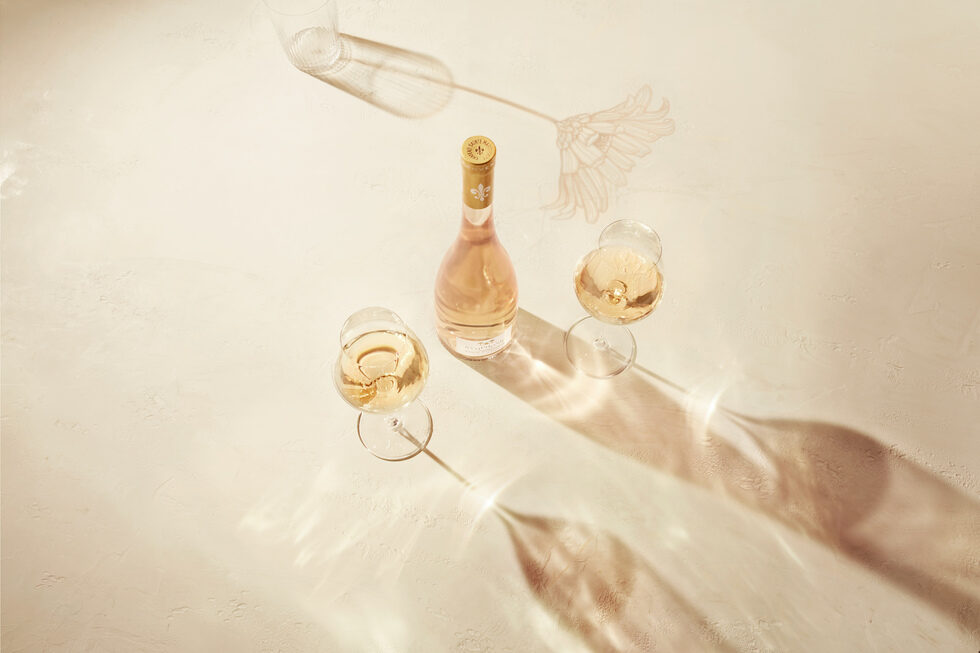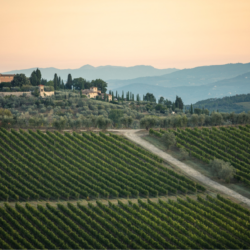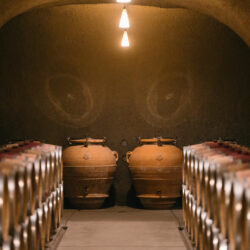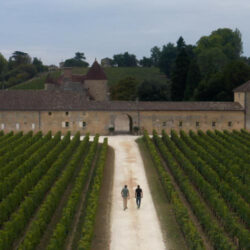As premium rosé has it’s moment in the sun, discover one family estate that’s championing Provence’s Cru Classé status
It’s 5am in the La Londe region of Provence, and we’ve just arrived in the vineyard. Today, it has been decided, is the right moment to pick a 15-hectare plot of Cinsault grapes that are destined for Chateau Sainte Marguerite’s 2023 rosé wine.
The early September sun is still strong, and we are assured that arriving while it is still dark is for a good reason. Daytime temperatures reach 35° throughout the harvest month of August, and it is these extreme working conditions that make harvesting by hand unviable, coupled with the fact that modern machinery ensures grapes are picked, loaded into trailers, and reach the winery well within an hour. And this is crucial, because oxidation and maceration of the grapes once picked make rosé winemaking very difficult to manage.
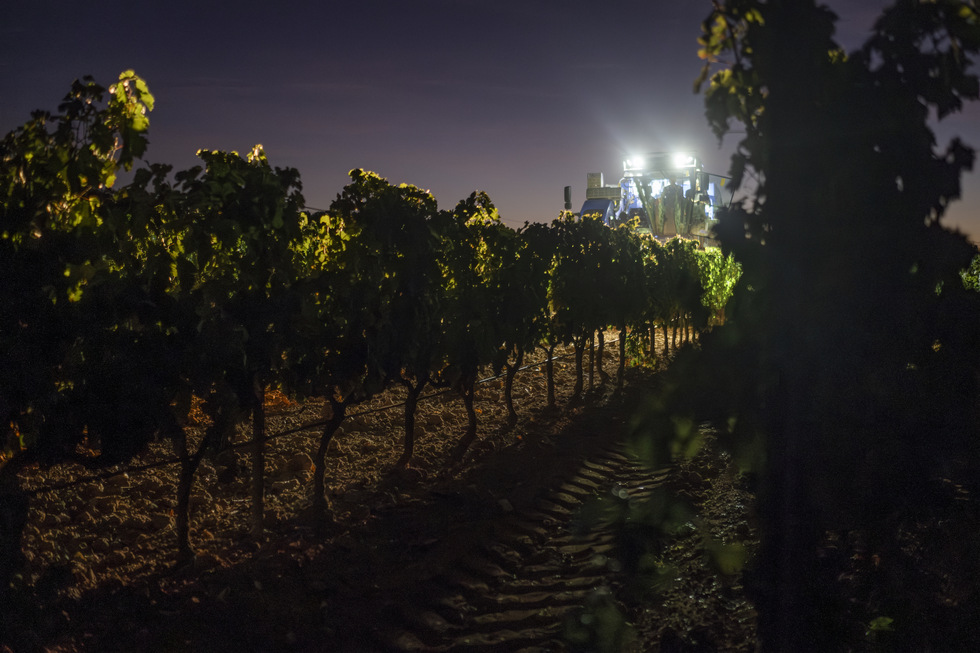
Picking the grapes at night, when the temperature is a more manageable 20°, means they leave the vineyard and are inside the winery to be cooled to the optimum 15° in a matter of minutes. Minimising this element of the process is critical to the success of the final wine.
Despite being seen as an easy-going wine, making rosé winemaking can require more skill than red or white wine production.
The Fayard family – A dynasty of rosé winemaking
In 1977, Brigitte and Jean-Pierre Fayard bought their first vineyard estate, just three hectares, and began their families’ winemaking story.
The Fayard family settled into their new home, making just 12,000 bottles of wine in their first year. Over the next decade they honed their knowledge and winemaking skills to gradually grow more, and by 2012 the estate was producing 1.3 million bottles – and has been fully organic since 2003.
Approved by the Côtes-de-Provence AOC (Appellation d’Origine Contrôlée) as one of just 23 Cru Classé estates in 1955, the Fayard family has continued to preside over this prestigious Chateau of Provence. Today the family manages 200 hectares and 11 plots over a 22km area and are as focussed as ever on continuing to produce the very best rosé wines from the world’s leading rosé wine producing region.
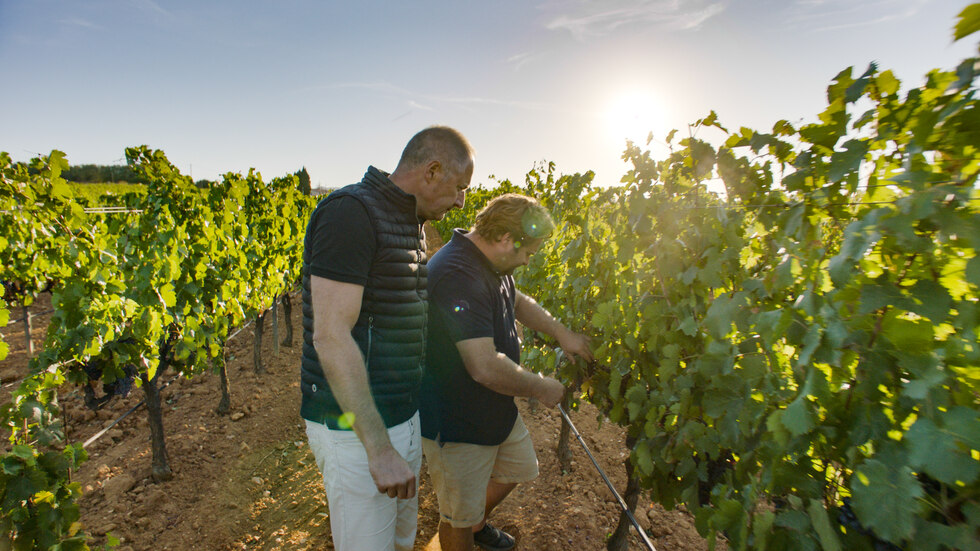
Brigitte and Jean-Pierre’s eldest sons, Enzo and Olivier, are now at the helm and continue to ensure Chateau Sainte Marguerite produces the best quality wines. They know that starts in the vineyard with the grapes.
The land itself is made up of schist rocks with crystalline bedrock. Each vineyard plot that the estate owns has its own aspect, soil composition and micro-climate. The parcels are picked and fermented independently of each other, meaning Enzo and Olivier have to work hard every year with the different parcels of wine to create the perfect blend.
“Vintage 2023 looks promising with a wide aromatic palette and great potential for wines of beautiful elegance and finesse”, says Olivier Fayard
Provence – the home of Rosé wines
Rosé wines in Provence are made from a blend of white and red grapes of which there are over a dozen different varieties permitted by the control board. At Sainte Marguerite, four varieties dominate their blend – Grenache, Cinsault, Syrah and Rolle.
Each variety is picked and fermented in batches and stored into temperature-controlled steel vats until ready. It is the black grape varieties that provide the colour to the wine, not the clear juice that every grape has. Contact with the red grape skins is what gives colour to rosé, nothing else. Once individually complete, the wines are blended to create the style the winemaker desires.
Provence is synonymous with quality rosé. It is where 42% of all rosé from French wine appellations is made, and it represents 5% of the world’s total rosé wine production.
Gastro Rosé – wine and food pairings
After following the grapes from the vine, through picking, maceration, pressing (never crushing), fermentation, lees contact and bottling, we were ready to taste. And this is when the wines came to life, in our glass, with a selection of food.
It’s easy to overlook rosé when thinking about what wine to pick to enjoy with a meal and it is surprisingly versatile. Obvious choices of shellfish and salads are great, but stronger flavours and hearty dishes also marry well with rosé wines. Like cheese risotto, a rich and powerful dish that rosé cuts through with a refreshing burst of delicateness. Or tagliata, with its rare-cooked steak, peppery rocket leaves and parmesan shavings that is well handled by a premium rosé wine.
The underlying structure of rosé wines, being made with red and white grapes, means there are more food pairing opportunities than might first appear.
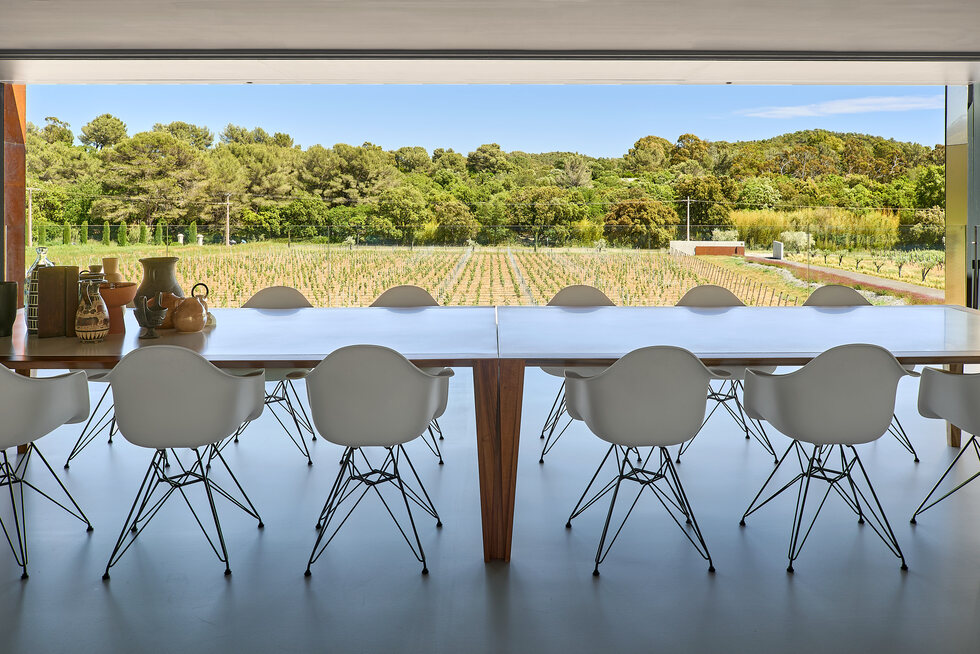
NEXT STEPS…
The family Fayard’s passion to continue making Provence rosé wine of exceptional quality is echoed throughout the Provence region. We recommend you don’t wait until the sun is shining but put these wines to the test and enjoy them throughout the year with a wide range of dishes. We know your sommelier will enjoy the opportunity to recommend something for you. Or visit the winery yourself for the full experience.
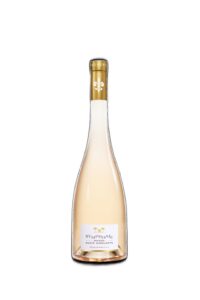
Cuvee Symphonie 2022
Described as the family’s calling card, this wine is a classic blend rosé. A simple, light and refreshing wine with Grenache and Cinsault grapes from the second press must. Expect ripe peaches, aromatic pears and a delicate fragrance. (Organic/Vegetarian/Vegan) Available The Great Wine Company, £32.00.
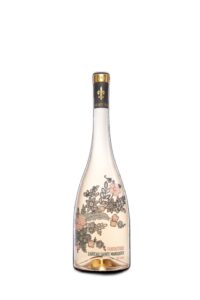
Les Fantastique Rosé 2022
The faintest of colour belies its complex flavours and freshness. The epitome of premium Provençal rosé with enhanced aromas and intensity of flavour, this wine has finesse and delicacy with a unique character. A refined rosé wine of first press Grenache and Cinsault that also alludes to Rolle (aka Vermentino) adding roundness and a touch of fennel. (Organic/Vegetarian/Vegan) Available The Great Wine Company, £44.00.

